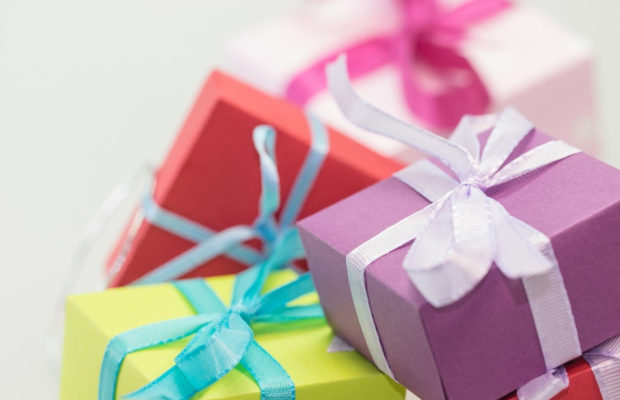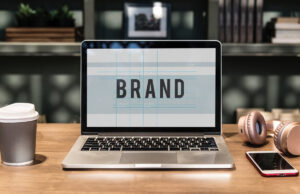The Power Of Packaging

If you’re getting ready to launch a new product, or you just want to try out a different marketing spin on one of your existing ones, you’re going to need to think about packaging. For some new business owners, it can be hard to tell just how important product packaging is. Some would say that it’s down to the quality of the product and nothing else. Well, some people are wrong! The significance depends on what you’re selling, but you should never think that packaging doesn’t have an impact on your marketing. Here’s why you need to think about your packaging, and some tips for making it work for you.
The first and most obvious function of packaging is to protect the product from any serious damage. From the point it’s manufactured to it reaching the customer’s hands, there are countless points where a product is at risk of being damaged. No matter what it is that you’re selling, there’ll be some kind of packaging involved, but it’s easy to find cardboard boxes for sale that can meet almost any of your needs. Even all that healthy fresh fruit you see laid out in grocery stores is tightly packed to protect it during transit. If you were to scrimp on packaging that adequately protects your product, you may find yourself up to your neck in costly refunds which you’d have to honor. Furthermore, your products might develop a reputation for always being broken by the time you open the box. I don’t have to tell you how damaging that will be to your brand!
The other main function of product packaging, which most business owners think of first, is marketing. With all the emphasis on clever SEO techniques and massive social media campaigns, it’s easy to forget times when you’ve simply been drawn to a product for its packaging. All of us have been guilty of impulse buying at one time or another! Once you’ve been running a business for long enough, these simple factors can easily slip your mind. Talk to any graphic designer, and your whole outlook on the marketing value of product packaging can be completely changed. These guys often carry out extensive research into how color schemes and the type of packaging can affect sales figures. Get together with your marketing team, and carry out some of this research yourself. Find out what the most appealing design conventions are among your target market, and use them as guidelines when it comes to actually designing the packaging.
Finally, good packaging allows you to strengthen your brand identity. Because coffee is coffee, the biggest brands need to play with the shape and color scheme of their jars and containers to keep their brand differentiated from all of its competitors. Let’s say you were dashing into a shop to get a can of Coca-Cola. You’d glance over the fridge where they keep the cold drinks, and immediately see a block of red and white amongst all the other packaging. This is because you know the brand well, and can tell it apart from the competition at a moment’s glance. When your customers are able to do this with your products, your brand will become so much stronger.
So, how do you create product packaging that really works for your business? As I mentioned before, knowing the demographic you’re selling to is hugely important. You can’t market to everyone, especially if you’re a small start-up. Do some market research and find out the standard age and gender of your customer, and then do a little more to find out the best way to appeal to that group. If you want a good example of this, look to companies like Home Depot. DIY is still the man’s job in a lot of north American households, and the stores that supply them know it. The brands they stock are characterized by rugged names and subdued, masculine colors.
Another good rule to follow is to keep costs low, while still making your packaging look personalized and chic. Packaging companies offer their clients countless customization options when they’re commissioned to make something completely new. Sometimes, even the most high-end and prestigious brands spend a tiny amount of capital on their packaging. Despite the low investment, it’s completely possible to create packaging that reels your customers in with incredible efficiency. As soon as you land on the site, I’m sure you think of expensive high-end fashion boutiques. However, Stephanie Ever After manages to maintain its prestigious reputation while delivering its bows on cheap pieces of card with a little fancy font printed on it.
Cheap, good-looking packaging could be a great way to go for a lot of products. However, if you’re selling something techy or more practical than hair accessories, you may want to make the packaging you use part of the whole experience. Think of the last smartphone you bought. Whether you’re on team Apple or team Android, I’m sure you had fun unboxing it. This was partly the excitement of using your shiny new gadget, I’m sure. However, this kind of packaging often reflects the sleek, easy experience that you get from the product itself. This company sells ready-made “farms” for growing your own food. One look at the packaging tells you the kind of person who’s going to be using this product. The packaging is simple and fun, made for parents who want to introduce their kids to growing food. It also conveys how straightforward and hands-on the experience of using these products are. Think about the kind of experience your customers will have with your product, and see if you can weave this into the packaging somehow.
I hope this post has given you a clearer idea of how you should be going ahead with your product packaging. Get it right, and you’ll experience just how important it can be. Packaging may be a small part of your business. However, it’s not something that anyone can afford to ignore!













 © 2024
© 2024
0 comments